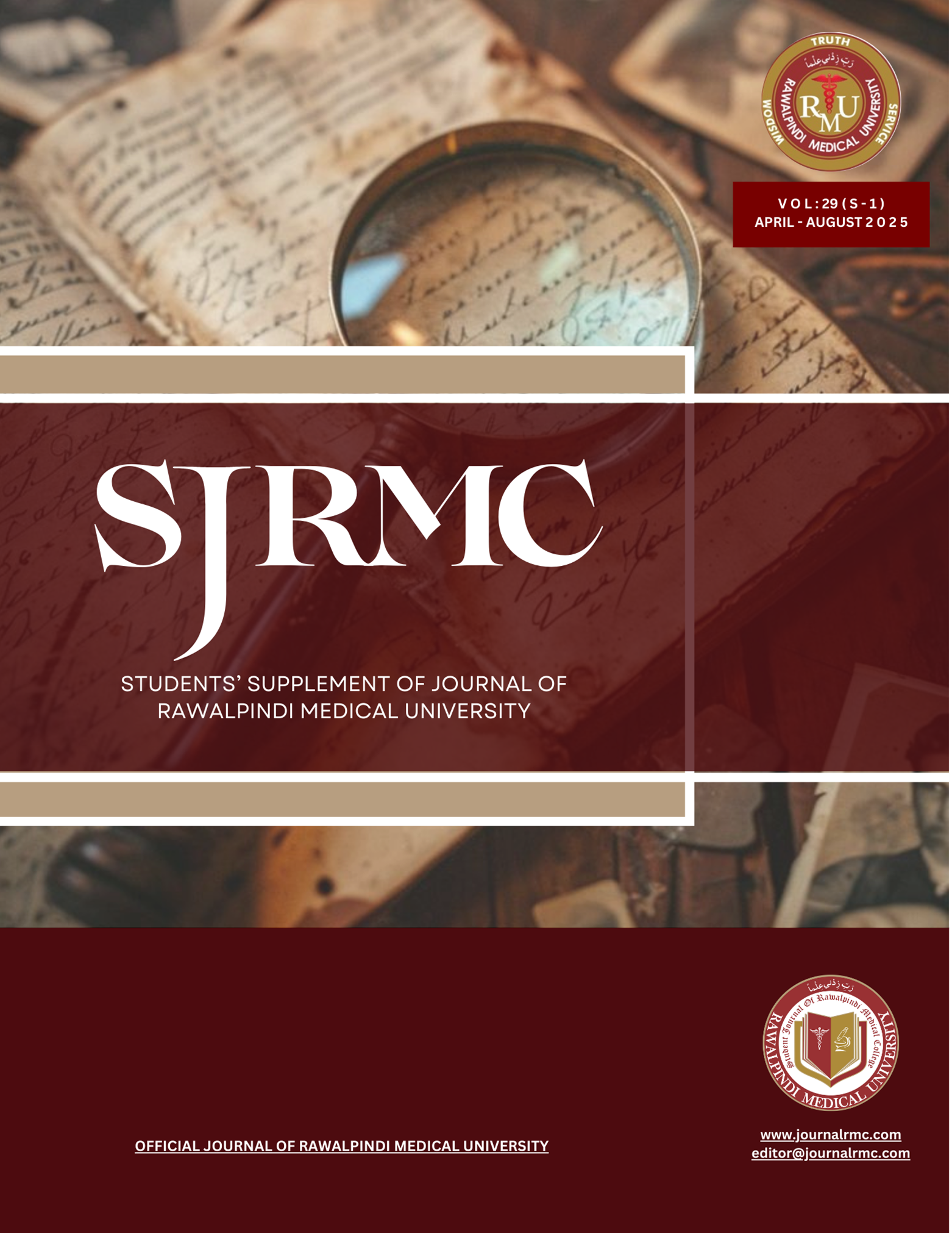Abstract
Background: Hypertensive renal disease affects roughly 753 million people worldwide each year. In the United States, the age-adjusted mortality rate (AAMR) for hypertension-related end-stage renal disease (ESRD) increased from 9.7 to 43.7 per 100,000 between 1999 and 2020. This study evaluates national mortality trends in hypertensive renal disease over this period, highlighting disparities by gender, race, and urbanization to inform targeted interventions and improve outcomes.
Methods: Mortality data for hypertensive renal disease with renal-failure–related deaths from 1999 to 2020 were extracted from the CDC WONDER database. Age-adjusted mortality rates with 95% confidence intervals (CIs) were calculated to assess national and demographic trends.
Results: Men consistently demonstrated higher AAMRs than women (148.92; 95% CI: 148.37–149.48 vs. 106.11; 95% CI: 105.73–106.49). African American individuals had the highest overall AAMR at 286.29 (95% CI: 284.68–287.90), rising from 186.23 in 1999 (95% CI: 179.34–193.13) to 529.72 in 2020 (annual percent change [APC] 5.27). Metropolitan areas saw AAMRs climb from 197.57 (95% CI: 187.88–207.26) to 1,112.12 (APC 10.00), while non-metropolitan areas increased from 97.35 (95% CI: 90.63–104.08) to 643.06 (APC 11.81). State-level AAMRs ranged from 61.23 (95% CI: 59.29–63.16) in Connecticut to 225.06 (95% CI: 214.96–235.16) in the District of Columbia.
Conclusion: From 1999 to 2020, hypertensive renal disease mortality rose sharply, with the greatest burden among men, African Americans, and residents of non-metropolitan areas. These findings underscore the need for multifaceted public-health strategies emphasizing early detection, equitable access to care, and targeted interventions to reduce mortality.
Keywords: Hypertensive renal disease; Chronic kidney disease; Kidney damage; Mortality trends

